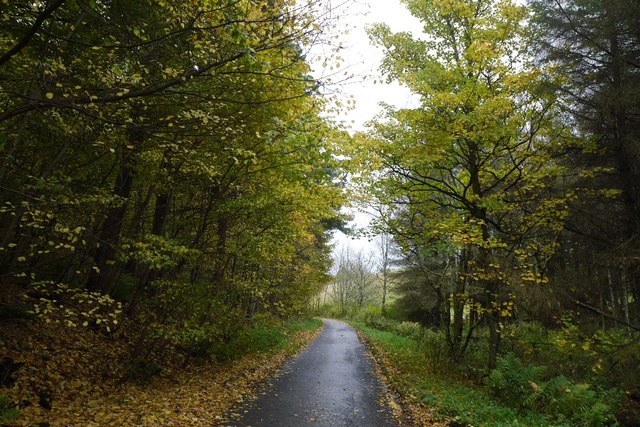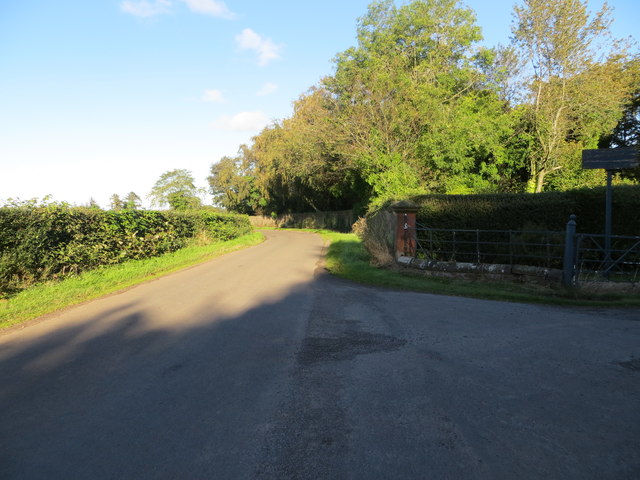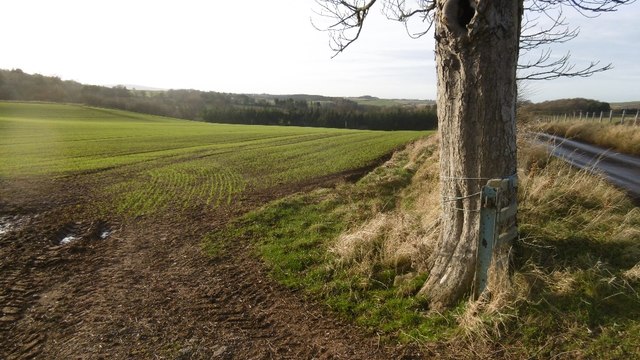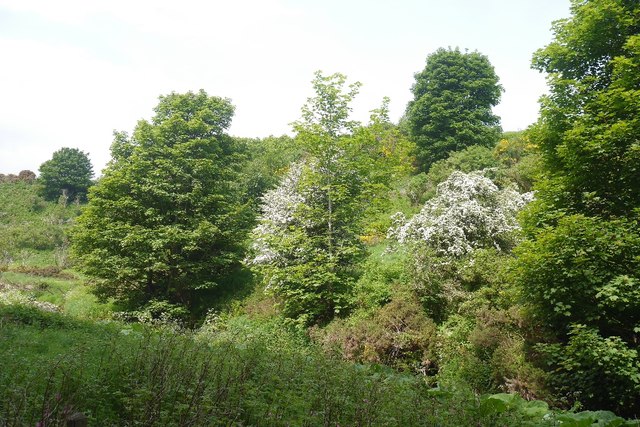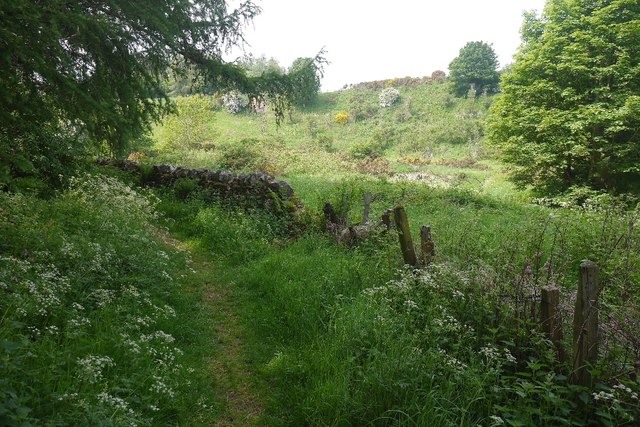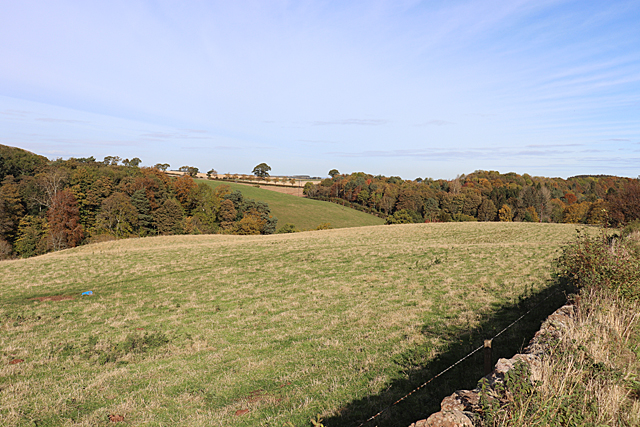Mountlehoy Wood
Wood, Forest in East Lothian
Scotland
Mountlehoy Wood
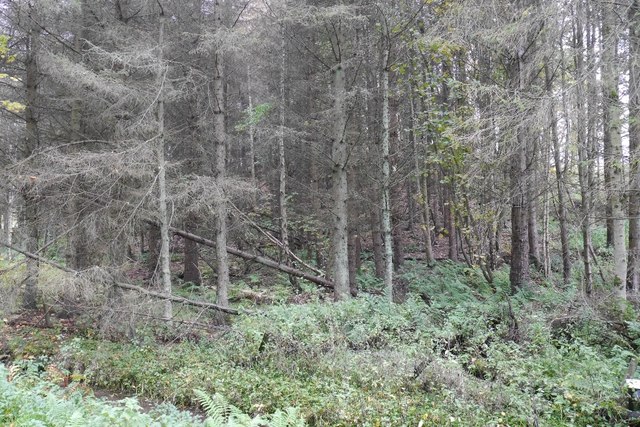
Mountlehoy Wood is a picturesque woodland located in East Lothian, Scotland. Covering an area of approximately 20 hectares, this enchanting forest offers a tranquil escape from the bustling city life. The wood is situated near the village of Gifford and is easily accessible by road.
Upon entering Mountlehoy Wood, visitors are greeted by a diverse range of flora and fauna. The wood is predominantly composed of native broadleaf trees, such as oak, beech, and birch, which provide a stunning display of colors throughout the seasons. The forest floor is adorned with a carpet of bluebells in the spring, creating a magical atmosphere.
The wood is a haven for wildlife enthusiasts, as it is home to a variety of animal species. Red squirrels can be spotted darting between the branches, while woodpeckers can be heard drumming their distinctive rhythm. The wood also provides a habitat for deer, foxes, and a wide range of bird species.
Several well-maintained trails wind their way through Mountlehoy Wood, allowing visitors to explore its natural beauty at their own pace. These paths are suitable for walkers of all abilities and offer breathtaking views of the surrounding countryside.
In addition to its natural beauty, Mountlehoy Wood also holds historical significance. The wood was once part of the estate of the nearby Yester House, a grand mansion dating back to the 18th century. Ruins of an old icehouse can still be found within the woodland, serving as a reminder of its past.
Overall, Mountlehoy Wood is a captivating destination that offers a perfect blend of natural splendor and historical charm. Whether it's a leisurely stroll or a chance to immerse oneself in nature, this woodland is a must-visit for anyone seeking solace in East Lothian.
If you have any feedback on the listing, please let us know in the comments section below.
Mountlehoy Wood Images
Images are sourced within 2km of 55.941784/-2.6352162 or Grid Reference NT6072. Thanks to Geograph Open Source API. All images are credited.
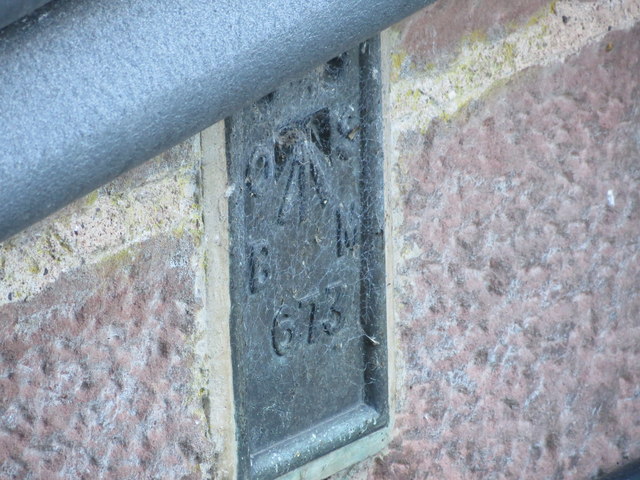
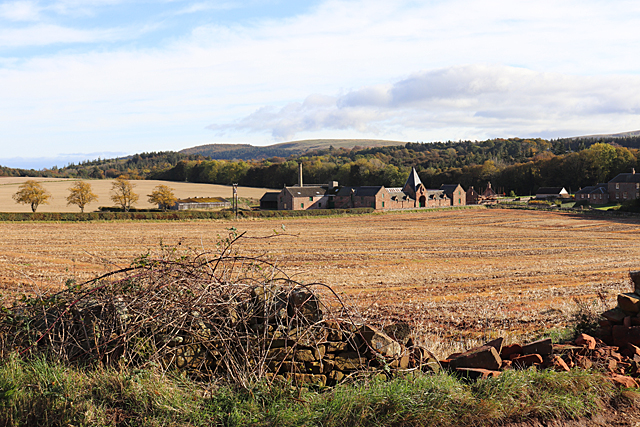
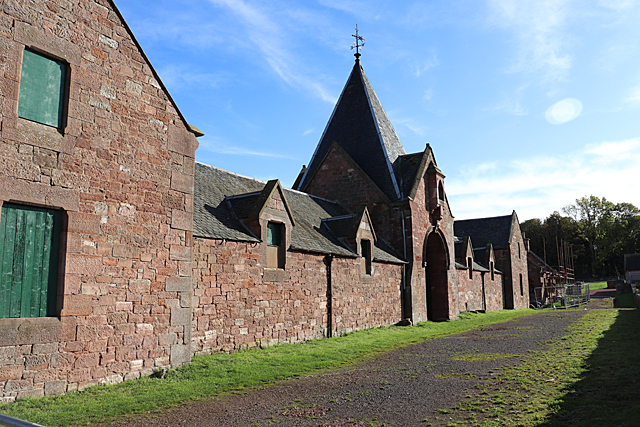


Mountlehoy Wood is located at Grid Ref: NT6072 (Lat: 55.941784, Lng: -2.6352162)
Unitary Authority: East Lothian
Police Authority: The Lothians and Scottish Borders
What 3 Words
///starlight.collapsed.risk. Near East Linton, East Lothian
Related Wikis
Whittingehame Tower
Whittingehame Tower, or Whittingehame Castle, is a fifteenth-century tower house about 2.5 miles (4.0 km) south of East Linton, on the west bank of Whittinghame...
Stoneypath Tower
Stoneypath Tower, is an L-plan tower house dating from the late sixteenth century, about 3.5 miles (5.6 km) south of East Linton, and east of the Whittinghame...
Whittingehame
Whittingehame is a parish with a small village in East Lothian, Scotland, about halfway between Haddington and Dunbar, and near East Linton. The area is...
Garvald, East Lothian
Garvald is a village south-east of Haddington in East Lothian, Scotland. It lies on the Papana Water south of the B6370, east of Gifford. The combined...
Nearby Amenities
Located within 500m of 55.941784,-2.6352162Have you been to Mountlehoy Wood?
Leave your review of Mountlehoy Wood below (or comments, questions and feedback).
